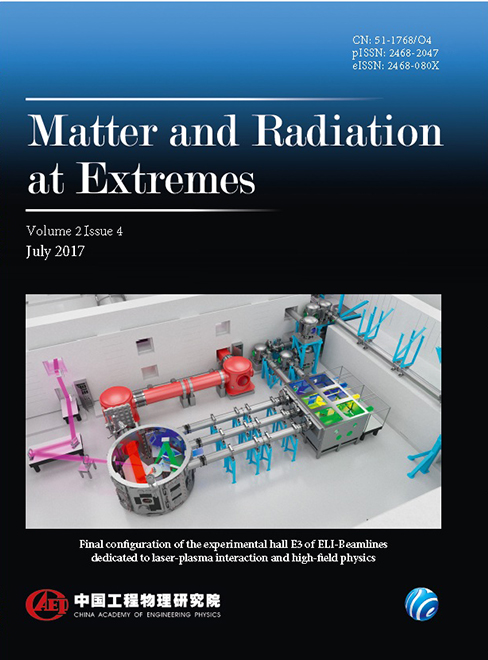
High-pressure metal hydride (MH) research evolved into a thriving field within condensed matter physics following the realization of metallic compounds showing phonon mediated near room-temperature superconductivity. However, seve
Ultraintense short-period infrared laser pulses play an important role in frontier scientific research, but their power is quite low when generated using current technology. This paper demonstrates a scheme for generating an ultra
A system of reduced equations is proposed for electron motion in the strongly radiation-dominated regime for an arbitrary electromagnetic field configuration. The approach developed here is used to analyze various scenarios of ele
We present a novel scheme for dense electron acceleration driven by the laser irradiation of a near-critical-density plasma. The electron reflux effect in a transversely tailored plasma is particularly enhanced in the area of peak
A neural network-based approach is proposed both for reconstructing the focal spot intensity profile and for estimating the peak intensity of a high-power tightly focused laser pulse using the angular energy distributions of proto
The inverse Faraday effect (IFE), which usually refers to the phenomenon in which a quasi-static axial magnetic field is self-generated when a circularly polarized beam propagates in a plasma, has rarely been studied for lasers wi
The effect of ablation on the nonlinear spike growth of single-mode ablative Rayleigh–Taylor instability (RTI) is studied by two-dimensional numerical simulations. It is shown that the ablation can reduce the quasi-constant veloci













